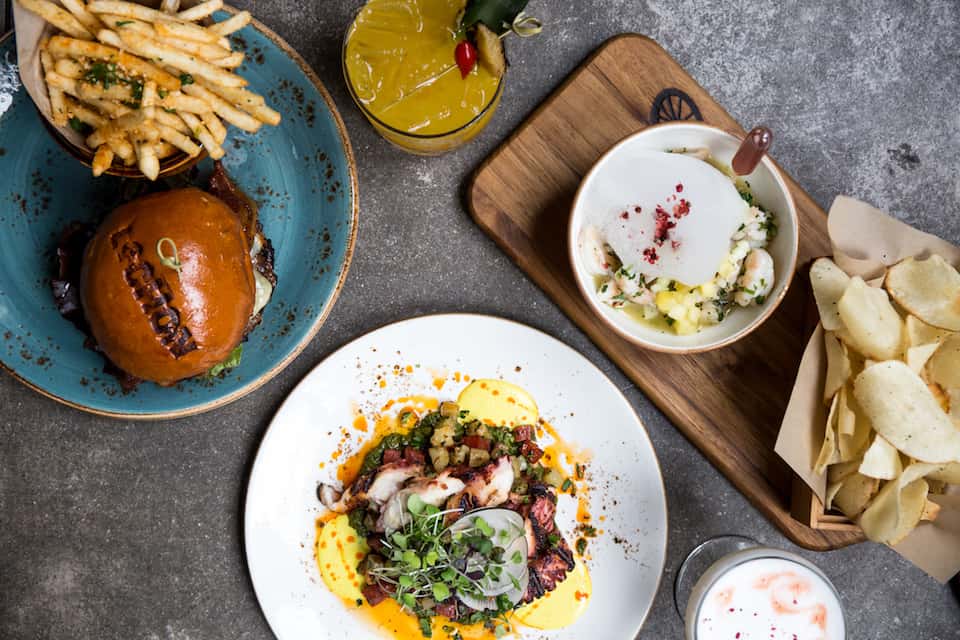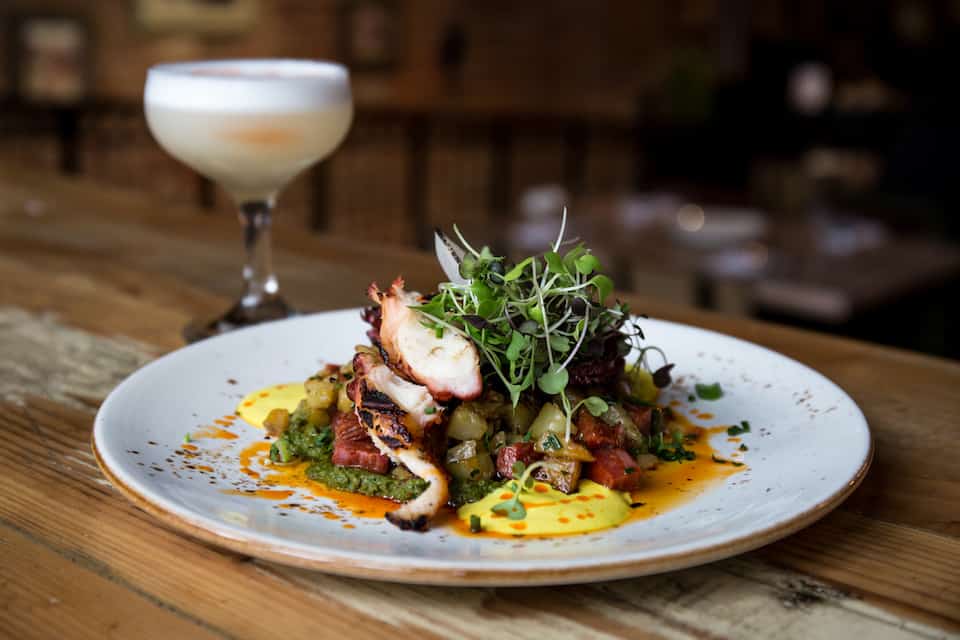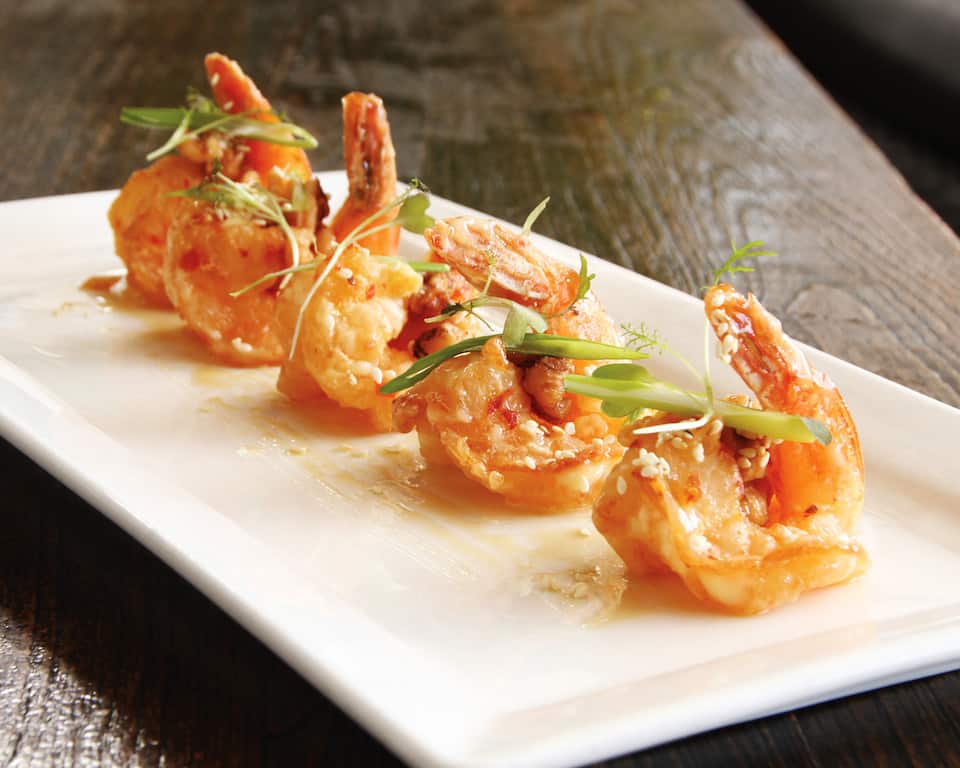Portland, Seattle and Vancouver all offer restaurant deals
written by David Volk | featured photo by Carly Diaz
Whether they’re heading to French Laundry in Yountville, California, or some out-of-the-way sandwich shop in Seattle, foodies are known for being willing to spend big for an authentic dining experience. That doesn’t mean they don’t love a good bargain, though. Thankfully Portland, Seattle and Vancouver, BC are happy to oblige your taste for hot deals on haute cuisine during dine-arounds this winter.
In case you haven’t heard of them, dine-arounds are essentially a chance for restaurants to strut their stuff and attract new customers by offering inexpensive prix fixe menus at traditionally slow times of the year. Portland has Portland Dining Month, Seattle has Seattle Restaurant Week and Dine Around Seattle and British Columbia hosts Dine Out Vancouver. Although the prix fixe festivals vary from city to city, each centers on having some of the area’s top eateries offer special menus that include an appetizer, entrée and dessert for around $30.
There are exceptions, of course. In Portland, some restaurants may not include dessert as one of the courses. In Seattle, eateries offering special menus may charge a little more or a little less. In Vancouver, some specials may involve more than one restaurant.
The goal remains the same, though. “Our business is to build awareness” of the quality of the local dining scene and get new diners into restaurants, is how Dine Out Vancouver Festival coordinator Lucas Pavan put it.
Tourists can also cash in on the savings as long as they make reservations or are lucky enough to stumble upon a participating eatery with an empty table.
Here’s a quick glimpse at each of the region’s restaurant weeks and how they work.
Portland | The Meat and Potatoes of Dine-Arounds
Considering the television show Portlandia has left the Rose City with a reputation for needlessly complicated, politically correct restaurants where diners ask to hear about the life of a free-range chicken before they order it, Portland Dining Month is surprisingly straightforward. The special $29, three-course menus are available for dinner only every day in March.
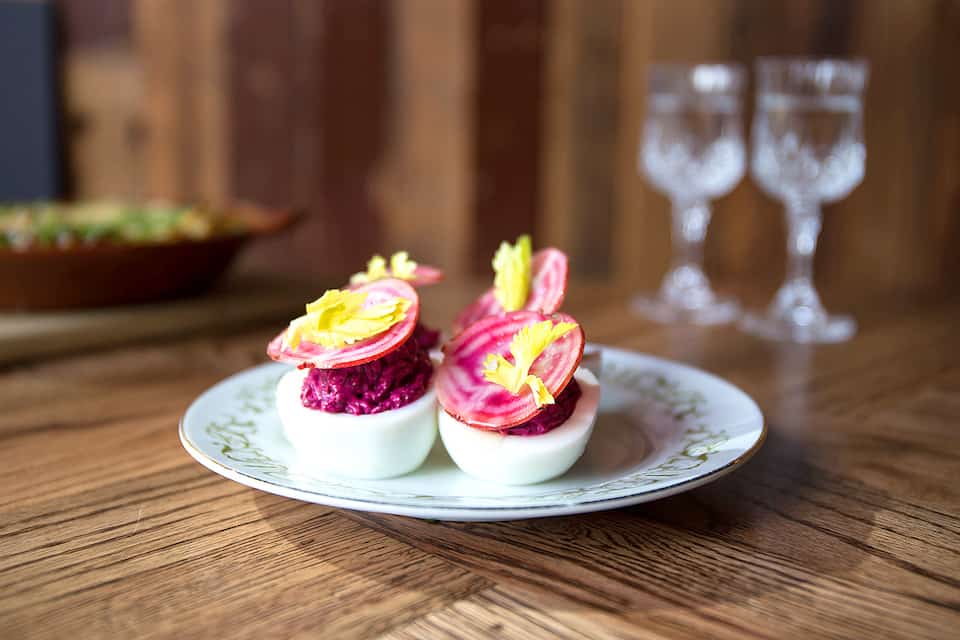
Since there’s no qualification process for participation, any restaurant able to offer a $29 prix fixe meal can participate. That means there’s a chance for a clunker, but it’s offset by Portland’s reputation as a great dining town. It also helps that the list includes some of the city’s most-loved restaurants such as Little Bird Bistro, Mother’s Bistro and Paley’s Place, a French and Russian-influenced bistro in a Victorian home.
Little Bird Bistro’s menu changes seasonally, making it difficult to draw a direct comparison between current offerings and the Dining Month menu, but it’s still easy to see the savings. The 2016 event $29 menu featured a radicchio salad or sweetbreads truffled potato salad for the first course, cedar-planked cod or pork cognac plum stew with lentils for the entrée and either olive oil cake with honey cream, pineapple, pistachios and blood orange sauce or ice cream and sorbet to finish. By comparison, most appetizers on the current menu start at around $9, entrées at $23 and desserts around $10.
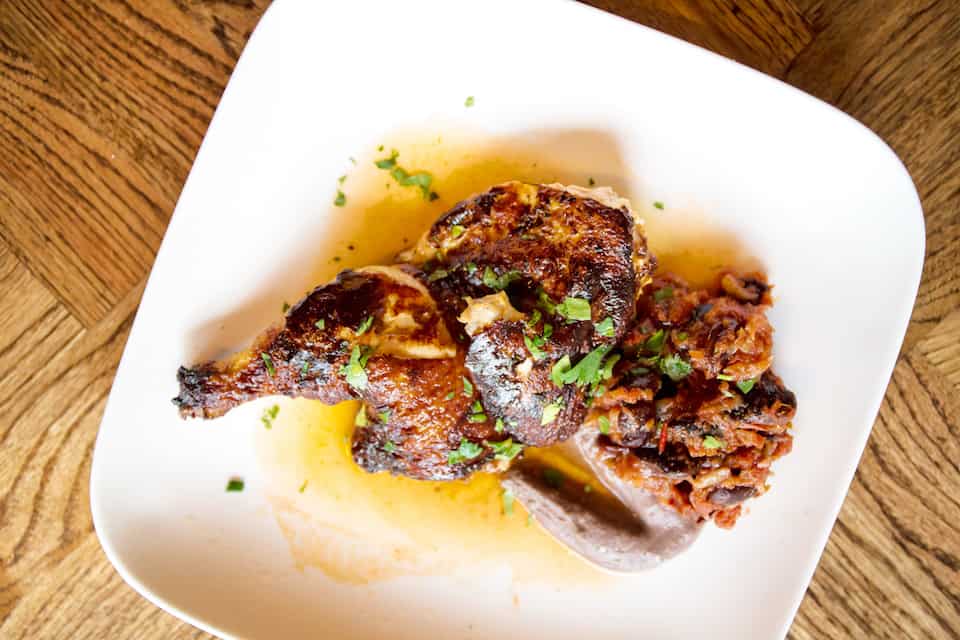
More importantly, the event has also served as a springboard for new restaurants hoping to build a following, such as Russian eatery Kachka, Trifecta Tavern and Bakery and Latin American-influenced LeChon. In fact, LeChon manager Charlotte Deyo told the website Eater Portland that its business started taking off after it participated in Portland Dining Month in 2016.
Seattle | Two Times The Fun, Twice a Year
Although many suburbs near all three cities have similar dine-around events, Seattle is the only city on the route with two such events—Seattle Restaurant Week and Dine Around Seattle—that each happen twice a year. There are some key differences between the two Seattle festivals for food lovers, though.
For starters, Dine Around Seattle started in 2000 as 25 for $25, when 25 local restaurants combined forces to help attract diners during the industry’s slowest months—March and November—by offering three-course meals for $25. Some eateries also offered a similar lunch deal for half price. After growing to seventy restaurants, the event has slimmed back to fifty. By March 2016, the price had also gone up to $33 for a three-course meal.
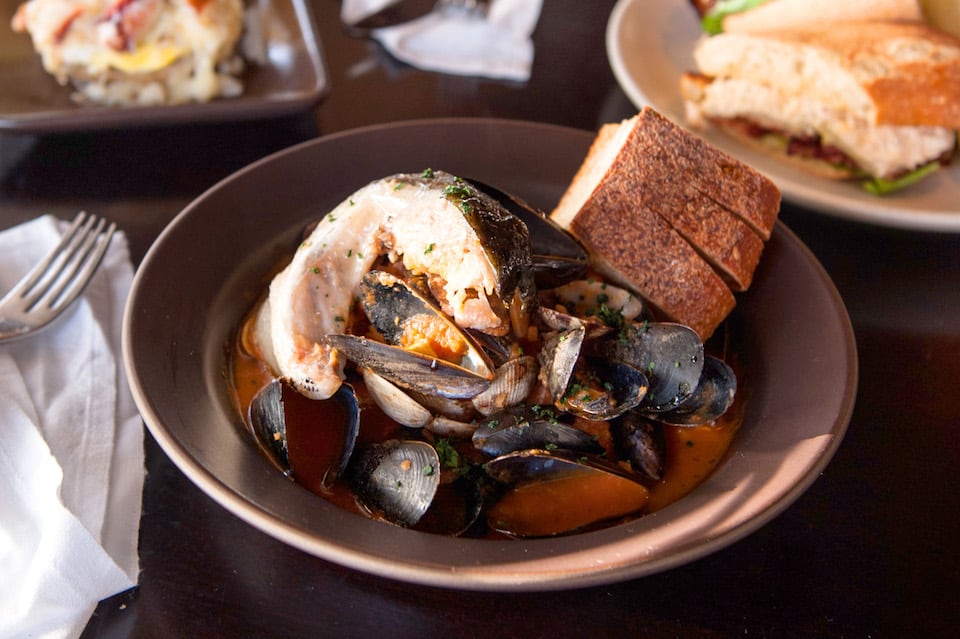
One thing that hasn’t changed is the focus on local ownership and locally sourced food, according to program coordinator Andrea Porter.
Economics also played a role in the creation of Seattle Restaurant Week in 2009, but participants weren’t struggling to fill seats so much as struggling to stay afloat, according to co-founder John Howie. “When we first did SRW there were a lot of restaurants that were in trouble,” Howie said. “A lot restaurants couldn’t even pay” the $1,500 fee to participate.
Like Dine Around Seattle, Seattle Restaurant Week started with three-course, prix fixe menus. Both events also run Sunday through Thursday for around two weeks. In SRW’s case, the event ran in April and October and the prix fixe meals most recently went for $32. But SRW included more than 180 restaurants because it requires only that participants offer good value at the price point and have at least three offerings in each of the course categories.

As a result, both events include restaurants by local star chef Tom Douglas, including the casual Pike Place eatery Seatown Seabar and the Asian-American restaurant Tanakasan. SRW also features higher-end chain restaurants such as McCormick & Schmick’s and the Melting Pot. At times, the lists are so different that Dine Around Seattle seems to play a more-reserved country club cousin to SRW’s foodie-frat-party third cousin twice removed.
There’s also one difference that emerged in late 2016: SRW’s new pricing structure. It now offers prix fixe menus for $22, $33 and $44.
“We really wanted to give the restaurants more flexibility on what they can offer,” Porter said. “People aren’t always wanting appetizer, main and dessert.”
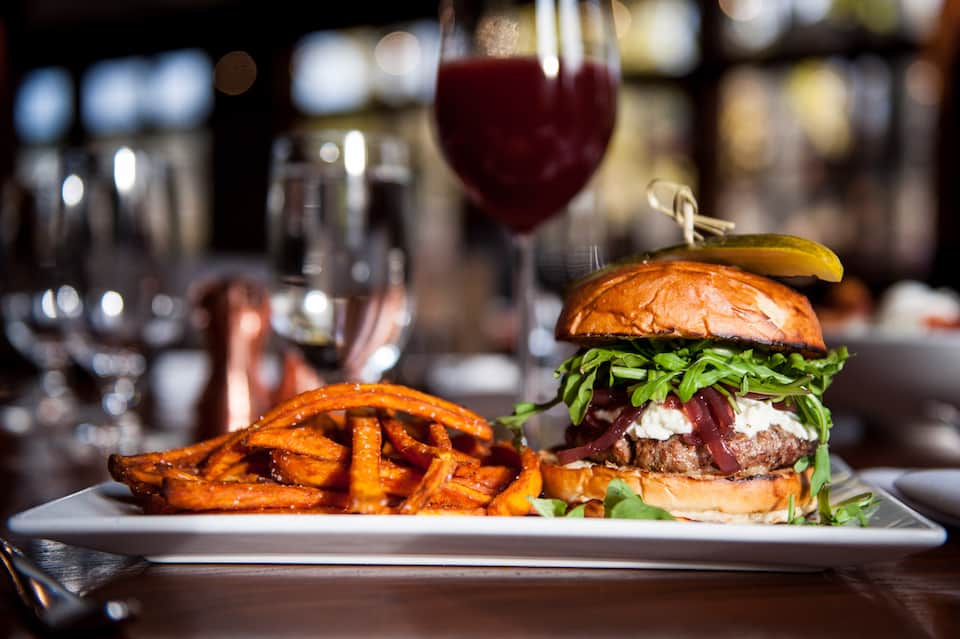
Mama’s Cantina is a good example. The restaurant’s special menu featuring two bowls of pozole or a choice of three tacos along with a serving of rice and beans and two margaritas makes sense at $22, but not at the former price of $33. The pricing scheme also allows a higher-end restaurant like Woodinville’s Barking Frog the flexibility to offer a menu featuring a glass of local wine or a Moscow Mule for a first course, sides like steak tartare or four Blue Pool oysters and a main of Neah Bay black cod or Columbia River Reserve lamb for $44.
“It’s definitely a jump, but the menu is significantly different at that point,” Porter said.
Vancouver, BC | And Now for Something Completely Different
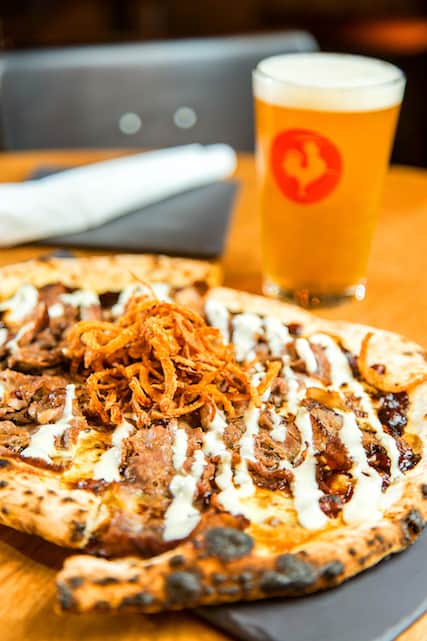
In many ways, Dine Out Vancouver brings together the best of the other prix fixe festivals in the region. The deals are available every night of the (seventeen-day) event that begins the third Friday of January, it has a three-tiered pricing schedule with menus at C$20, C$30 and C$40, and it includes nearly 300 restaurants.
Those restaurants run the range from the Big Rock Urban Eatery’s $20 menu that includes a lamb and rapini pizza or a porter-glazed sockeye in a bento box and Carthage Café’s $30 menu featuring a lamb shank couscous, as well as Vancouver Fish Co.’s $40 options like a lobster corn dog, with lobster covered in cornmeal batter and ballpark-style tarragon mustard.
Vancouver’s version of restaurant week goes one step further than its sisters by offering a full calendar of food-related events taking place inside and outside restaurants all over the city. In 2016, soup lovers could take in the Chef Soup Experiment, where fifty chefs were asked to bring a single ingredient to plop into a hot soup pot and taste the result. Shutterbugs could attend a seminar on food photography. There were even World Chef Exchange dinners where one of Vancouver’s top chefs and international chefs paired up to prepare meals.
The favorable exchange rate makes attending even more attractive. At press time, a Canadian dollar was worth approximately 76 cents US, which means the prix fixe menu special prices were around $15, $23 and $31.
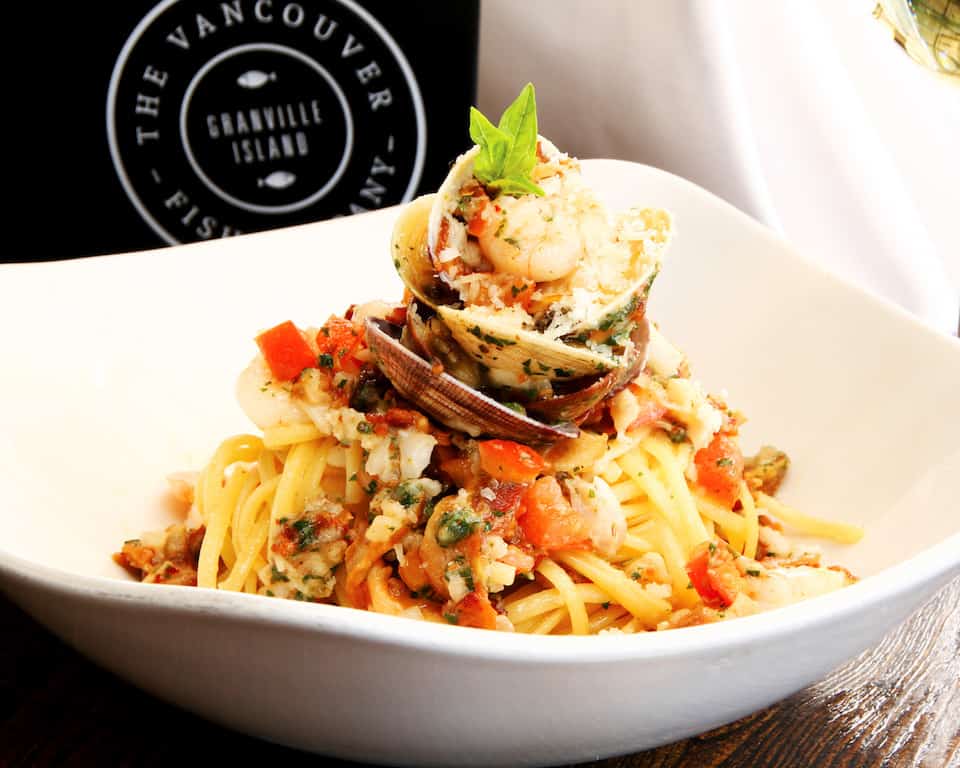
As if all that weren’t enough, Dine Out Vancouver sponsor Tourism Vancouver has made the event even more friendly to out-of-towners with hotel specials at, you guessed it, three price levels—$80, $110 and $140 (or $61, $84 and $107 US, respectively)—as well as dine-and-stay packages.
Like the other restaurant weeks, Vancouver launched its event to attract diners in a slower time of year “when the public generally cocoons because the weather can be wet and chilly,” Pavan said. “We realize that a lot of cities all have their own little restaurant weeks and we saw the need to differentiate the festival from anything else that’s happening in the market.”
Get the Most Out of a Dine-around With These Strategies
The serendipity of stumbling across a restaurant week deal on a slow night can be a good thing. If you don’t want to miss out on a chance to try a hot restaurant without spending a lot of cool cash, though, it pays to be a little more deliberate in your efforts.
Here are a few strategies that may help you make it through your local restaurant week happy, healthy and well fed.
Reserve Early and Often
Yes, there’s always a chance your favorite restaurant may have a table available on the night you happen to pop in, but if it’s really important to you to try a particular restaurant, don’t rely on dumb luck.
All four dine-arounds begin taking reservations long before the event starts, and the most popular restaurants sell out early. In fact, ticket sales for Dine Out Vancouver events started at the end of November and restaurants begin taking reservations in the first week of January, Festival Coordinator Lucas Pavan says.
Be Flexible
As with booking airline tickets, it helps if you are willing to go at a less popular time. That could mean on a Monday night, late in the evening or at a time those with relatives in Florida refer to as “the early bird special.”
Make It Count
Make the most of a restaurant week by opting for a high-end establishment that never does deals. Visit the eatery’s website and compare prices on its regular menu to the prix fixe menu on the restaurant week website to see if what’s on offer is a good deal.
Think Lunch
If you can’t get a dinner reservation at the restaurant you want, check to see if it offers a lunchtime menu. The offerings may be different, but you’ll still get a sense of what the place is like and the savings are substantial.
Check Your Favorite Foodie Sources
No matter whether you live in Portland or you’re traveling to Vancouver, it pays to check publications that cover the local dining scene for curated lists of the best offerings available. Local editions of the Eater website typically list what their experts consider are the best values during each food fest. So do many local newspapers.
Try Something New
If you’ve viewed all of the restaurants and menus on the festival site and still can’t decide, opt for a new restaurant or one new to the event. The festivals can be make-or-break for newcomers to the dining scene, so owners and wait staffs will be working harder to leave a good impression. And you’ll also get the added prestige of being the first of your friends to hit that new hot spot … before it got hot. Even if it isn’t quite what you hoped, you won’t have to spend a lot of money to find out.
From our partners at OnTrak Magazine.


